Reducing merchant anxiety when onboarding for mobile payments
SERVICE DESIGN
Disclaimer: The views and opinions expressed in this study are those of the authors and do not necessarily reflect the views of the organisation or its members.
According to our research, the biggest point of anxiety for customers purchasing a card machine online is when they have made the purchase and are now waiting for it to be delivered. The anxiety only fully subsides once they have used the machine to make a mobile payment and received their first payout into their bank account.
Mobile payments have become a very convenient method of accepting card payments. It has given small businesses a chance to gain access to more formalised methods of payment. This means that we as the provider need to be as trustworthy as a bank, but still convenient and accessible to the average person. How might we reduce the anxiety that accompanies this shift in mindset.
Roving vendors at Cape Town beaches using Yoco card payments
TIMELINES
3 Weeks - March 2018
12 Weeks - June 2019
(Part Time)
PLATFORM
Card Machine
Android / IOS App
Web Portal
Communication Channels
TEAM
Cross-functional Team:
Customer Insights, Operations, Product, Design, Engineering
ROLE
UX Design / Strategy
Design Thinking Facilitator
Collaboration Leadership
Problem
With over 100 customers signing up for a card machine every day, we needed to ensure we could get them up and running as quickly as possible. A key requirement for building trust is to be secure by following the required protocol for financial services.
While this is important, it is not the highest priority for the customer. Their main priority is that they need to make more sales, and accepting card payments will help them serve more customers and bigger basket sizes. In order to do this, they need to have the card machine in their hands as soon as they have paid for it, so that they can start accepting card payments.
The onboarding phase for new customers is therefore a balancing act of these two competing requirements.
My Role
As the company was growing, I was the first UX designer at the company.
In 2018, together with a cross-functional team of a project manager, a UI designer, and 3 of the operations team members, we created a digital onboarding dashboard for our customers. This replaced some of the existing email communications.
I was responsible for :
- setting up the design process
- planning and facilitating all the workshops
- ensuring that we built according to the conceptual design.
A twitter shoutout from a customer
In March 2019, I joined the customer research team and we discovered that the onboarding dashboard, while improving the process, was not sufficient in relieving the customers from the anxiety of getting up and running. During activation, I lead a team who revisited this portion of the customer journey. We now had internal data as well as external customer validation of the pain points.
I worked with the communications, onboarding, sales and design teams.
My output with the team was as follows:
- Updated user guide and email communications
- Change requests on the web portal and sign up form based on feedback
- A customer communication framework for future communication changes
- A recurring onboarding workshop with all customer facing teams to bridge the gaps in the customer experience.
Depiction of increased merchant anxiety and reduced communication after product purchase
Solution
Communication is an important contributor to customer success. During the onboarding phase, customers have put their trust in the company by paying for the product but are now anxious to get informed quickly so that they can make the most of their purchase.
We needed to give them the right information, at the right time, through the right channel.
Phase 1: Creating Transparency
The dashboard for new customers
In 2018, the operations team had noticed that only 25% of new customers were being settled into their accounts within a week of purchasing their card machine. This was a very small subset of customers and they wanted to improve this. we did not have the resources to meet customers at the time. We depended on internal onboarding data and subject matter experts. We decided to use the design sprint format to accomplish the following goal:
How might we guide merchants through a transparent and delightful onboarding process in order to get settled faster.
The outcome of this was:
- A simple, transparent view of onboarding requirements for customers
- The ability to upload documents directly, instead of switching to email
- Creating a feeling of progress while customers wait for device to be delivered
The customer onboarding dashboard had improved the level of customer service that new customers needed from us. The metrics, although not conclusive, had indicated that within 3 months the requests for assistance during onboarding had gone down from the largest issue to the 3rd largest issue.
Clearly marked steps for onboarding
Ability to complete payment via EFT
Ability to upload documents
Phase 2: Reducing Anxiety
Communication strategy presented to stakeholders
During our ethnographic research in 2019, we found that delivery timelines, FICA document collection and confusion (specifically around usage of the card machine with the app) was causing a lot of the anxiety.
This was a result of reduced communication after purchase. The channels we were using to communicate specific information were not sufficient for all users.
In order to make our customers feel more comfortable, we improved in the following areas:
- Provide transparency on delivery timelines directly after payment
- Improved user guide with clarity on how devices work together
- Simplified and targeted content on existing communication channels
- A strategy to continuously improve customer communication
Updated user guide
New team structures in place
Updated email communications
Approach
Before making any changes, we needed to synthesize all the communication we were sending. Different teams were using different channels to communicate with the merchant throughout their journey. We needed to build one story line, regardless of which team owned the channel and information.
Definition
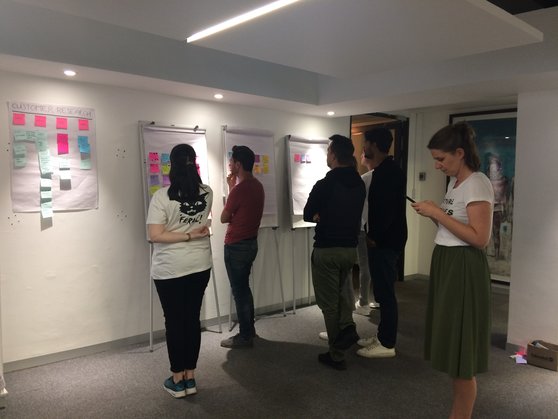
Framed the research question
Gathered internal knowledge
Desk research on best practices
Built research tools
Recruited participants
Research
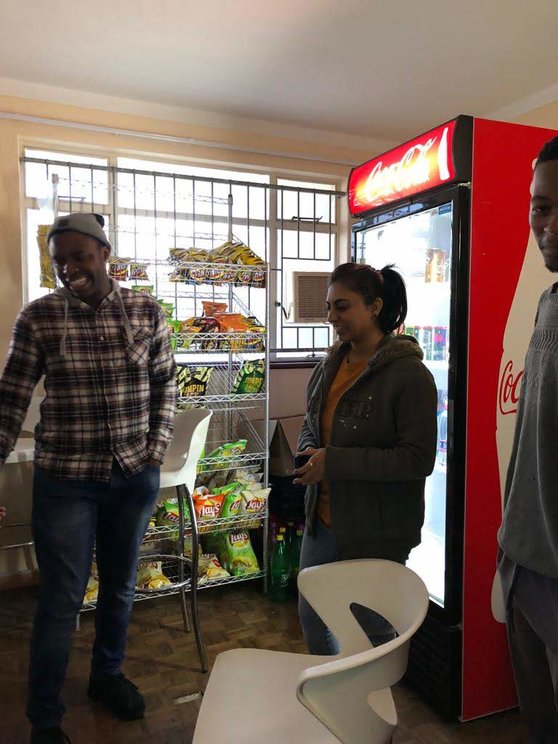
Visited merchants in CPT, JHB and DBN
Conducted ethnographic interviews
Daily and weekly debrief sessions
Combining insights
Synthesis
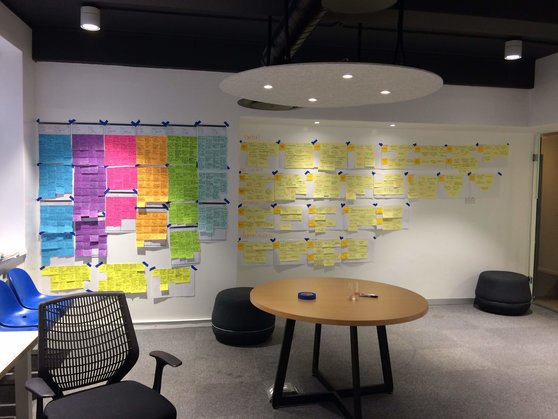
Go into a state of panic
Surface insights and patterns
Validate insights where needed
Build tools and frameworks for sharing
Activation
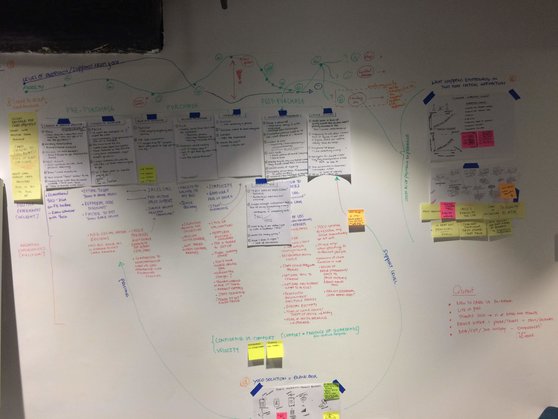
Edit and review tools with stakeholders
Conduct empathy workshops
Share tools on digital repository
Evaluate research cycle
Project 1 (March 2018) - Design Sprint with Operations to create transparency of processes.
This was one of the first smaller UX projects at the company that we had used to pilot design thinking processes with the team. We decided to build a simple, easy and efficient solution to help the operations team resolve some customer onboarding issues.
Empathise
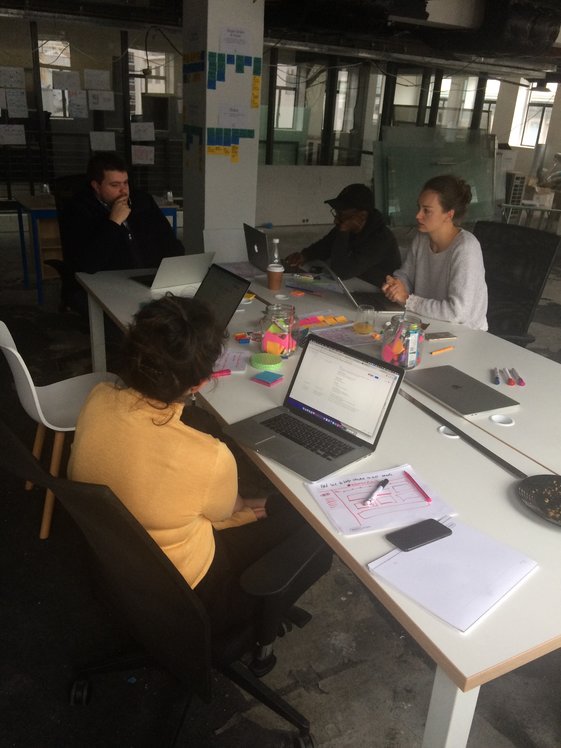
Understand customer pain points
Gather internal knowledge from Operations team
Define
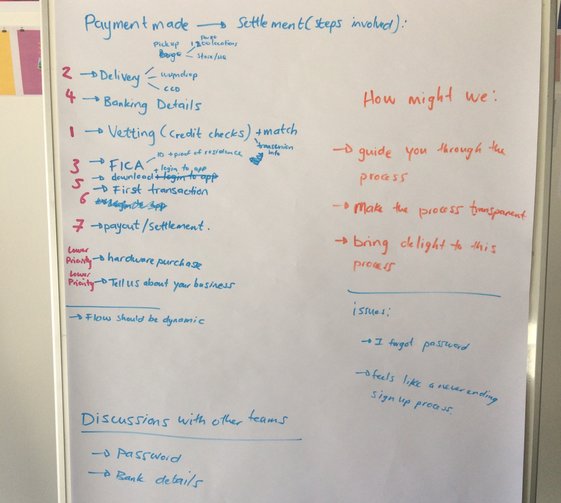
Define problem statement and technical constraints
Define success metrics and timelines
Ideate
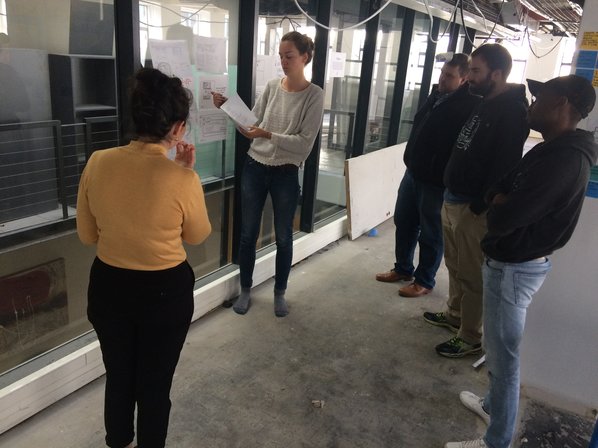
Ideation workshop
Storyboarding ideas
Prototype
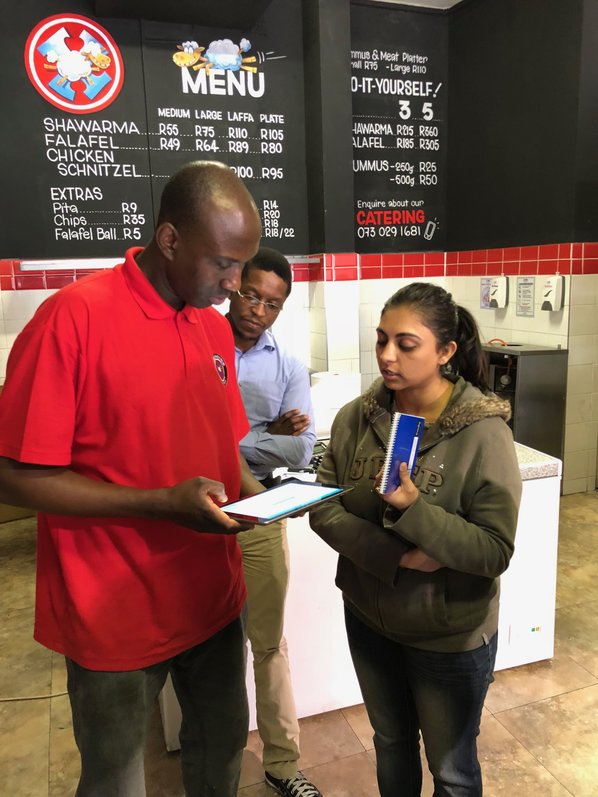
Prototyping solution with users
Iterating on components & content
Test
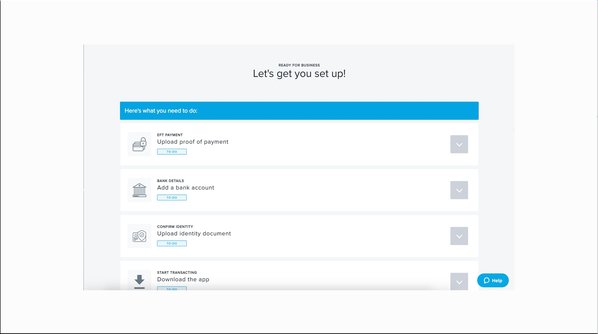
Release the feature through beta testing
Empathise
Understand customer pain points
Gather internal knowledge from Operations team
Define
Define problem statement and technical constraints
Define success metrics and timelines
Ideate
Ideation workshop
Storyboarding ideas
Prototype
Prototyping solution with users
Iterating on components & content
Test
Release the feature through beta testing
Project 2 (June 2019) - Reducing customer anxiety through cross-functional collaboration
From our customer research, we had clear indicators that onboarding was causing anxiety for our new customers. We had internal context and data to support our findings. Bringing the 2 perspectives together helped us build a single story line for customers.
Gathering Data
An overview of all communication during onboarding
There were multiple channels used for different types of communication, and the content was owned by separate teams within the organisation.
Some channels were more sophisticated and so we managed to collect usage data for those (e.g. email). Other channels were hard to measure (e.g. physical user guide in box). Our delivery partners communicate directly to our customers and they were often the first human interaction our customers would have after purchasing the product. Therefore, it was important for us to review the content they were communicating as well.
Once we had a good overview of what we are communicating, how we are communicating and what the responses are, we could go into solution mode.
Scoping the project to focus on onboarding communications
Approach for cross-functional team to provide value through this project
The active members of the team
Building tools and team structures
An overview of expectations and communication during onboarding
With the onboarding processes being jointly owned by multiple areas of the business ( i.e. sales, customer support, operations, growth marketing), it was clear that there was a need to clarify roles and responsibilities with a single customer view in mind.
I engaged the leadership team and ran a few alignment workshops to help the teams collaborate more regularly. This engagement needed to go beyond the scope of a single project. We decided to convert this to a regular workshop every 2 weeks. Here we shared new findings, issues, changes and updates to come.
Cross-functional workshop on roles & responsibilities
Ideating on changes to existing communications
Cross-functional workshop on onboarding issues
Test the Design and Implement Changes
Usability testing sessions for customer communication
As we were working through content and structure changes, there was a new product release coming up at the company. This gave us the perfect opportunity to test our changes with internal teams and new customers. We decided to run user tests and created scenarios from when the card machine is delivered, right up until they have made their first transaction.
Once we had tested the communications, we were more confident in launching these changes to a small subsegment and measure for improvements in engagement. We also managed to update the user guide for the new card machine with all the changes based on user insights, and this would help customers get up and running.
High level principles for communication channels
Basic templates for standardised communication
Creating a space for cross-functional teams to surface customer issues
Requesting Interface changes
A high level view of changes proposed across platforms
As we were working through content and structure changes, we put them into 3 different buckets: content changes, partner changes and interface changes.
Content changes were easiest to complete. Partner changes required conversations with our delivery partners to update their communications and so, they took a little more effort but were still relatively simple as they had scripts that we could update.
The most time consuming and complex changes were those that needed to be made on the interfaces that customers would provide their details and complete their onboarding. For us to improve these interfaces, we worked with the product owners of these interfaces. Once the pain points were shared and suggestions were made for improvements, tickets were added to their backlog to make these changes.
Learnings
1. The onboarding projects were very rewarding because it involved so many people and helped align teams towards a clear goal, without taking them out of their day-to-day role.
2. Customer centricity is a lot of work. When you are dealing with a technical product, it makes sense to have deep technical knowledge about specific functions. When you try to bring these functions together to solve a customer problem, there is often conflict during decision making, and it makes people uncomfortable, but it results in improved decision making and a high quality product experience.
3. Onboarding new customers has many factors, internal and external. It was a particularly difficult problem to solve perfectly, and it was a good learning to get to “good enough” and continue to iterate instead of seeing it as a once off issue.
4. One area of improvement, would be to have access to more data. Metrics are always useful for more confident decision making, but because we were creating a new baseline, it was difficult to have access to existing metrics. New measures were set up for future initiatives as a result.
